Drive through almost any Irish country town and you will see abandoned shops, empty houses and discover a general air of slow decline. You will also find plenty of places to park. "There is a car parking space for every single adult in Ballinrobe," says Miriam Delaney, with an air of bemused wonder. Delaney is part of the team of architects and designers, six in all, representing Ireland at this year's Venice Biennale, which has just opened to the public.
Alternating with the Venice Art Biennale, the event is both an intriguing spectacle as architects from around the world imagine possible, and often impossible, built futures; and an intense thought-experiment into how building and, more importantly, planning, might solve some of the world’s more pressing problems.
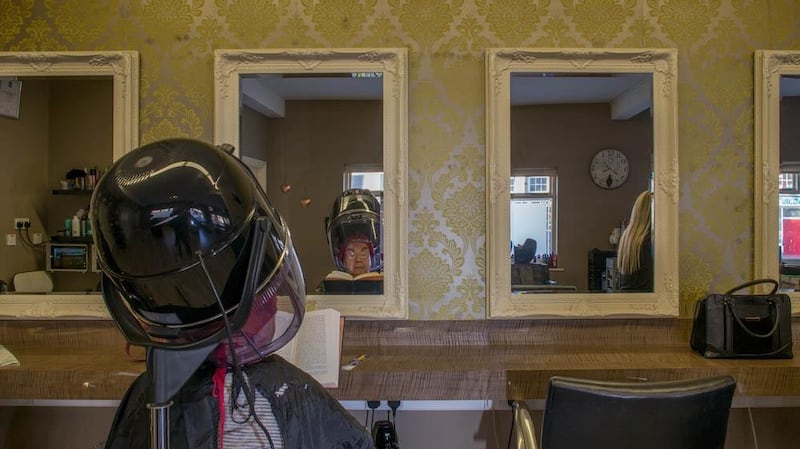
It's a significant year for the Irish, as Shelley McNamara and Yvonne Farrell, of multi-award winning Grafton Architects, have been chosen to curate the sprawling international exhibition and lend a theme for the overall event (see panel); while 63 countries join the conversation via exhibitions in individual national pavilions.
Venice is a fascinating city in which to explore architecture. Famously “floating” on the Lagoon, it is a city that appears almost impossible itself, built on millions of wooden pilings, with water taxis plying canals instead of cars on roads, and deliveries made by barge and handcart. Fragile, frequently reported to be in peril from rising tides, and rising tourist numbers, Venice it is a testament to what humans can build, and also what humanity and nature can destroy.
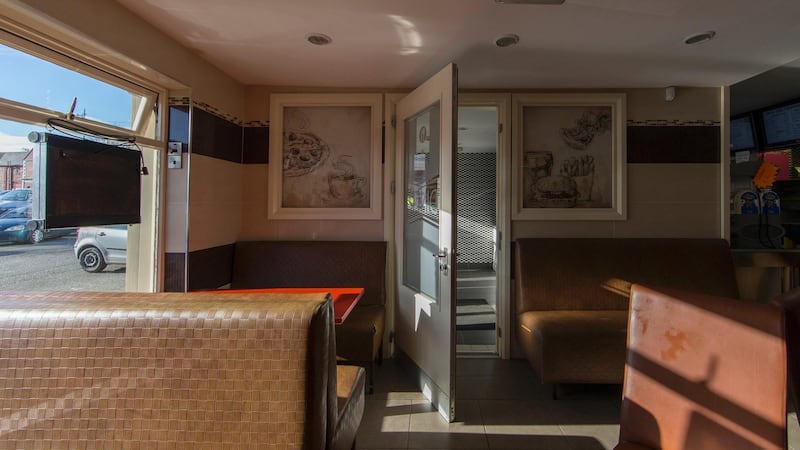
At the eastern edge of the city, gardens made by Napoleon at the end of the 19th century, house 29 national pavilions - each designed in a style that betrays the ambitions of its host country at a certain point in time. There’s neo-classical France, crisp modernist Finland, and the neo-colonial USA for example.
Behind the Giardini is the Arsenale, the huge former depot that built Venice’s warships, back when the city was a nation state and a world power. The Giardini and the Arsenale are the main Biennale sites, and while Ireland doesn’t have a permanent pavilion within the Giardini, our national exhibition is housed within the Arsenale.
Halting the decline of the market square
Taking the theme Free Market, the project focuses on that quintessential feature of Irish country towns: the market square; and looks at how its decline might be halted. It explores the possibilities that these spaces, which were once hubs not only of commerce, but social interaction, contain.
One of the problems facing any exhibitor at Venice is visitor fatigue. Architecture is best experienced as we live it – though buildings and created space, and yet in Venice, in the summer, the thousands of people who come to the exhibitions pass through presentation after presentation containing a kaleidoscope of ideas, too many to take in at once; and too frequently, exhibitions that might have been better off as a book.
"We were conscious of the different visitors," says Delaney, when I meet her with Tara Kennedy just before they set off for Venice. The rest of the team are already there, installing the exhibition, and we are also joined by the latest member of the Kennedy clan, baby Gwen, just a couple of months old. "There is quite a lot of deep content, but we have embedded it in a newspaper. We thought that could do some of the heavy lifting."
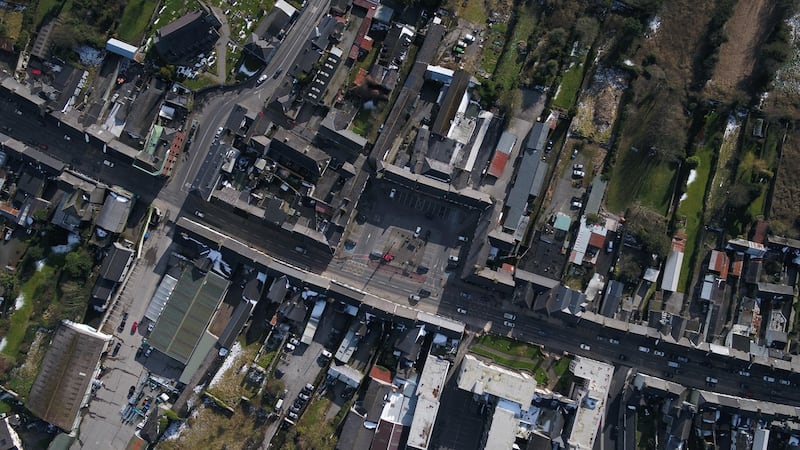
Free Market News contains essays, reports, case studies, photo-essays and poetry, and its pages paint a picture of sad decline, coupled with some optimistic initiatives, such as the Books@One community bookshop, piloted in Louisburgh, Co Mayo; Longford Nua, a story sharing project; and the Workhouse Union of arts, architecture and community events in Callan, Co Kilkenny. “That’s one element,” continues Kennedy. “Then there’s the spatial experience, translating or evoking the market place in an Irish town.”
With this in mind, the team has built panels reminiscent of those mosaicked Irish shop fronts of the 1930s that fell out of favour and are now coming back in to a sort of retro-fashion. These shape the space, creating seating spots and places to exhibit images and information. Audio tracks will broadcast thoughts, poetry and other texts. “It’s quite playful,” says Delaney. “We had always said it had to be a sensory experience as well as visual – much more than a book.”
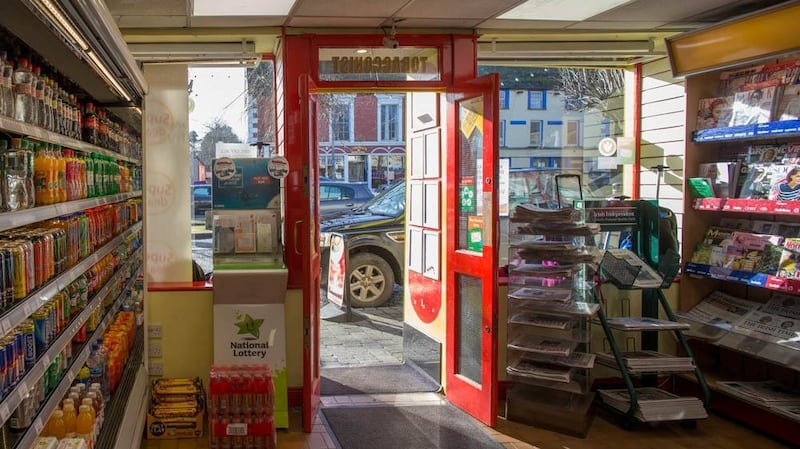
The exhibition title, Free Market draws on Farrell and McNamara's overarching theme for the Biennale – Freespace. However, the use of the word "market" inevitably begs the question: are there ideas beyond commerce that might animate our towns, or is it, at the end of the day, all about consumerism?
Delaney draws my attention to Patrick Shaffrey's prescient publication from 1975, The Irish Town: An Approach to Survival, "we interviewed him for the project. He made the point that people should live in towns."
I remember Dublin in the 1970s and 1980s, when the policy was to move people out of the city centre, and how the heart of Dublin died as a result. “A small shop isn’t just about retail,” says Kennedy. “It keeps track of people’s social circumstances.”
Perhaps it’s easier in other climates. I’m thinking of the typical French small-town squares, where trees shade groups playing boules, or chatting on benches. Perhaps the Irish requirement to provide shelter from the rain necessitates that a shop or café takes the financial, and security responsibility? After all, we frown on people drinking in doorways, but not at tables outside bars.
Vicious circle
Delaney disagrees. “We have a history of outdoor marts, of outdoor trade, and without those the town won’t function as a purely social gathering space, but it has to be integrated. While they need playing pitches, schools and colleges should be within towns, not moved out to the edges.”
There’s a vicious circle at play here, however: as land gets valuable, city centre schools and colleges are encouraged to consider selling up and moving out, getting more space, and vital funds. Their absence then impoverishes the urban communities they have left.
Kennedy picks up on the theme of integration, as their research project looked at towns across Ireland. "In Macroom and Bantry they do events, they tie in the market with other things, dancing, bands playing. The market allows these things to happen." An article in Free Market by Cork County Architect Giulia Vallone, draws attention to seating spots, a redesigned square and a new pocket park that have been created in Clonakilty. "We're trying not to be nostalgic," says Kennedy. "We want to notice the positives of what exists. And it doesn't have to be huge. A lot of the work in Clonakilty has been small-scale."
Some of these ideas will also be picked up separately in June, when the annual congress of the International Academy of Urbanism comes to Cork. A keynote speaker will be Richard Florida, who has been controversially dubbed "the godfather of gentrification".
Warming to the theme of making small towns great again, Delaney describes the proposals as “modest”. These include moving car parking out of the town squares, reanimating the old market houses (“there’s famously one that’s now a petrol station in Portarlington,” she says), encouraging the renovation of some of the fabulous, but declining Georgian and Victorian housing stock, and linking civic space within towns. She shows me a photograph of the town square in Tipperary’s Templemore. “It’s this phenomenal Georgian planned square that is 400m long. In terms of grandeur it competes with Venice and Rome, and at the moment it’s all car parking.”
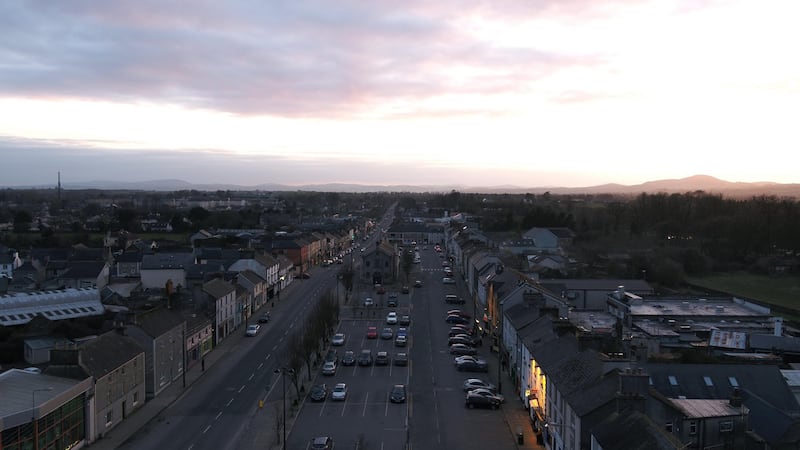
Policy issues
“We’re not anti-car,” adds Kennedy. “Cars are necessary and fine. When you go in and talk about town squares, people get nervous that they’re going to take away all the car parking,” says Delaney. “Instead we might have to take away the idea that you can park right outside the shop door. There are backland spaces that could be used instead.”
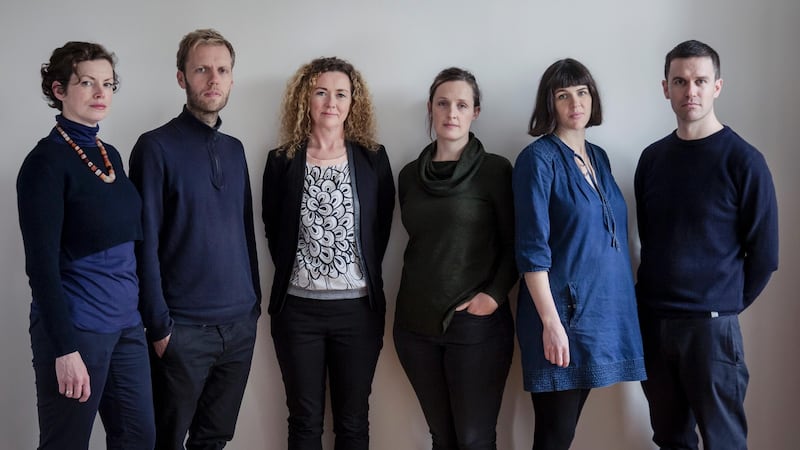
Engaging and passionate, Kennedy and Delaney are excited about the upcoming Venice opening, but they see the real opportunity arising when the exhibition comes home. “The biggest issue is policy, and that’s what we want to happen when we return to Ireland in 2019,” says Delaney. The exhibition will tour to Irish rural towns, taking place in market houses and town squares. “This should be a catalyst. And that’s a big ask, but the problems have been shaped through poor planning, bad choices on the ground, and yearly policy cycles that are detrimental to long term thinking. But the infrastructure is there, so it’s a question of how can they be reimagined. We want people to come away aware of these spaces and how this can be re used.”
“We’re architects and designers, but we’re citizens and neighbours first,” reads one of the postcards that will be available at the Irish pavilion. So next time you’re driving through one of our rural towns, stop and take a longer look at these beautiful market squares, and wonder where else you might be prepared to leave your car, so that they can become active, civic spaces, places to be proud of once more.
*
The curators of Freemarket at the Irish Pavilion at this year's Venice Biennale are Jeffrey Bolhuis, Jo Anne Butler, Miriam Delaney, Tara Kennedy, Laurence Lord and Orla Murphy.
The 16th International Architecture Exhibition runs at the Giardini della Biennale, and throughout Venice, until November 25th. See labiennale.org for more information.
The International Academy of Urbanism Congress takes place in Cork from June 27th to 30th. See congress.academyofurbanism.org.uk for more information.
Exploring freedom in Venice
Yvonne Farrell and Shelley McNamara’s theme for the main exhibition at the Venice Biennale, which extends throughout the Central Pavilion at the Giardini and also the vast Arsenale, is Freespace. 71 participants have been invited to explore ideas relating to gifting, exchange, creating space for generosity – whether within buildings, or within the human psyche, and space within our towns and cities for unplanned, unprogrammed activities, free for uses not yet conceived.
Irish architects involved are de Blacam and Meagher, Niall McLaughlin Architects, O’Donnell + Tuomey, and Hall McKnight from Belfast.











